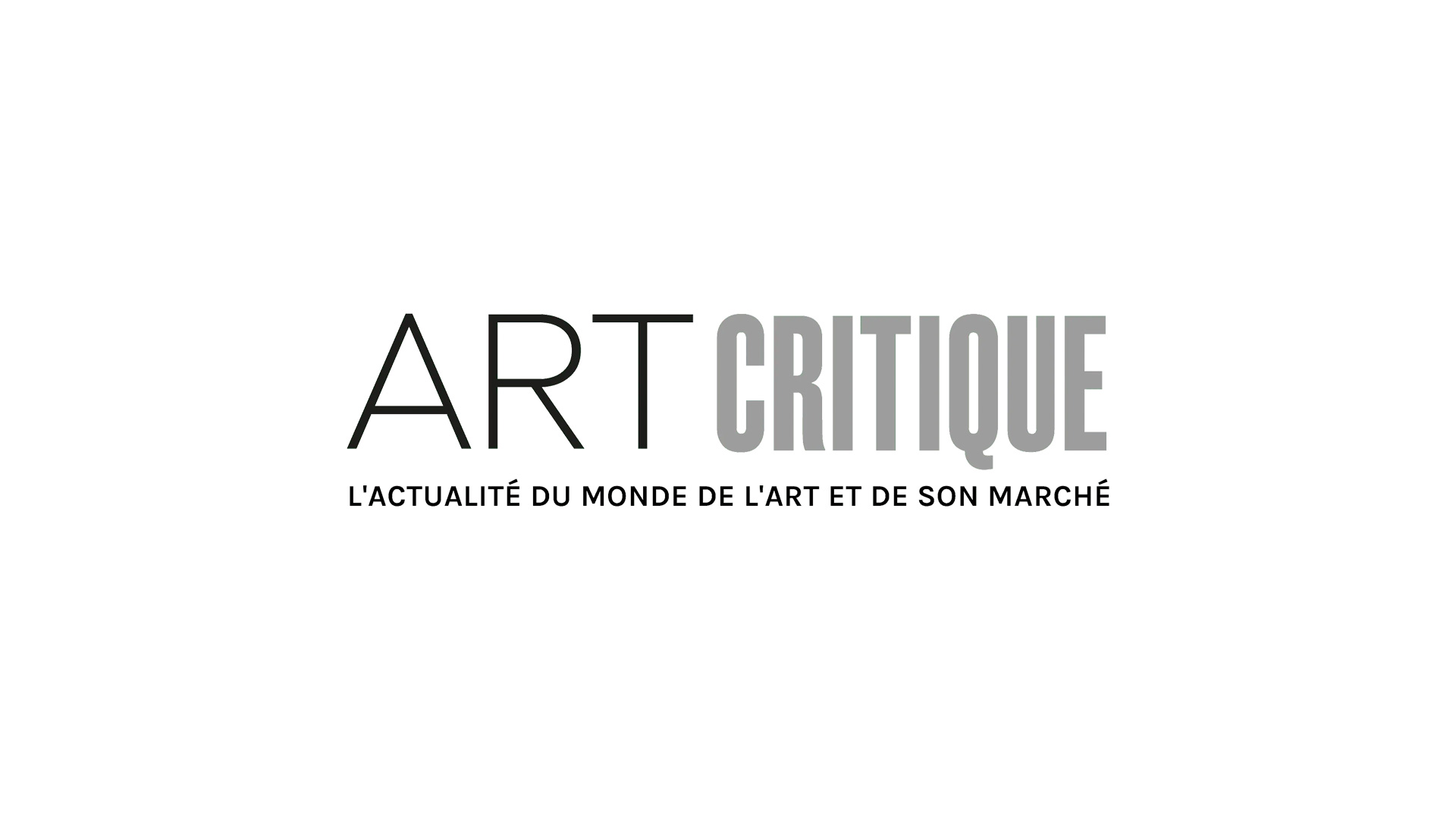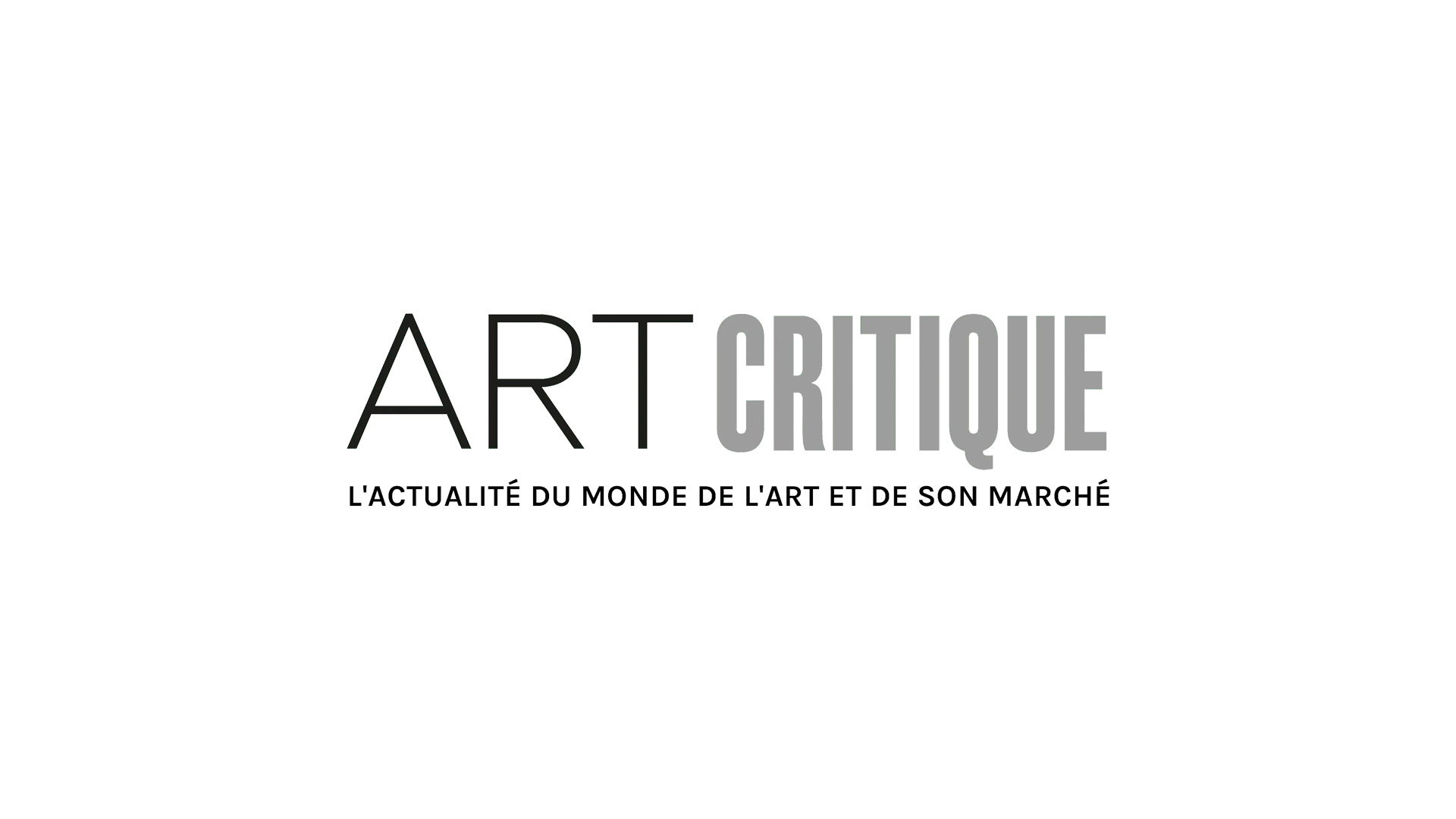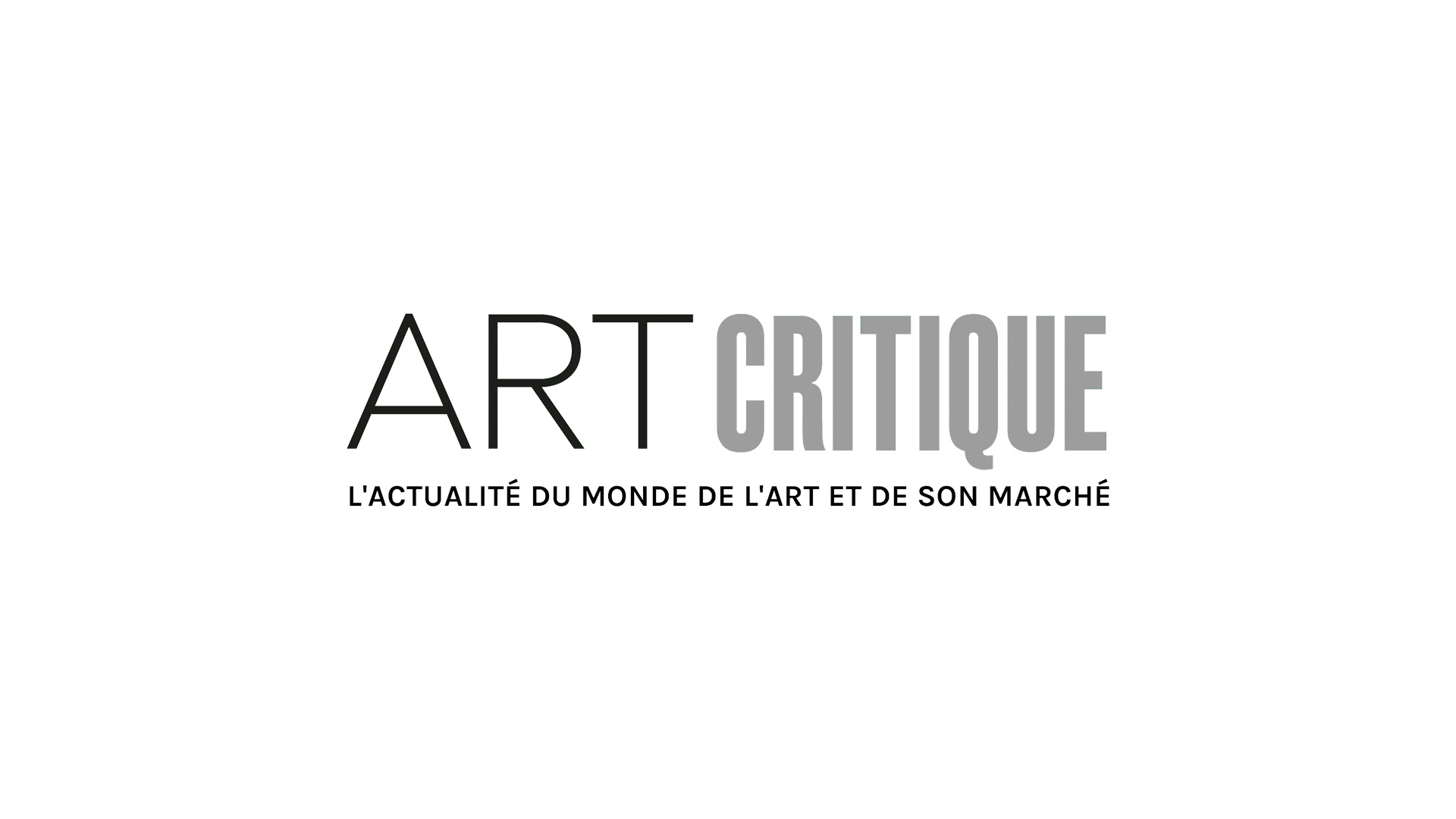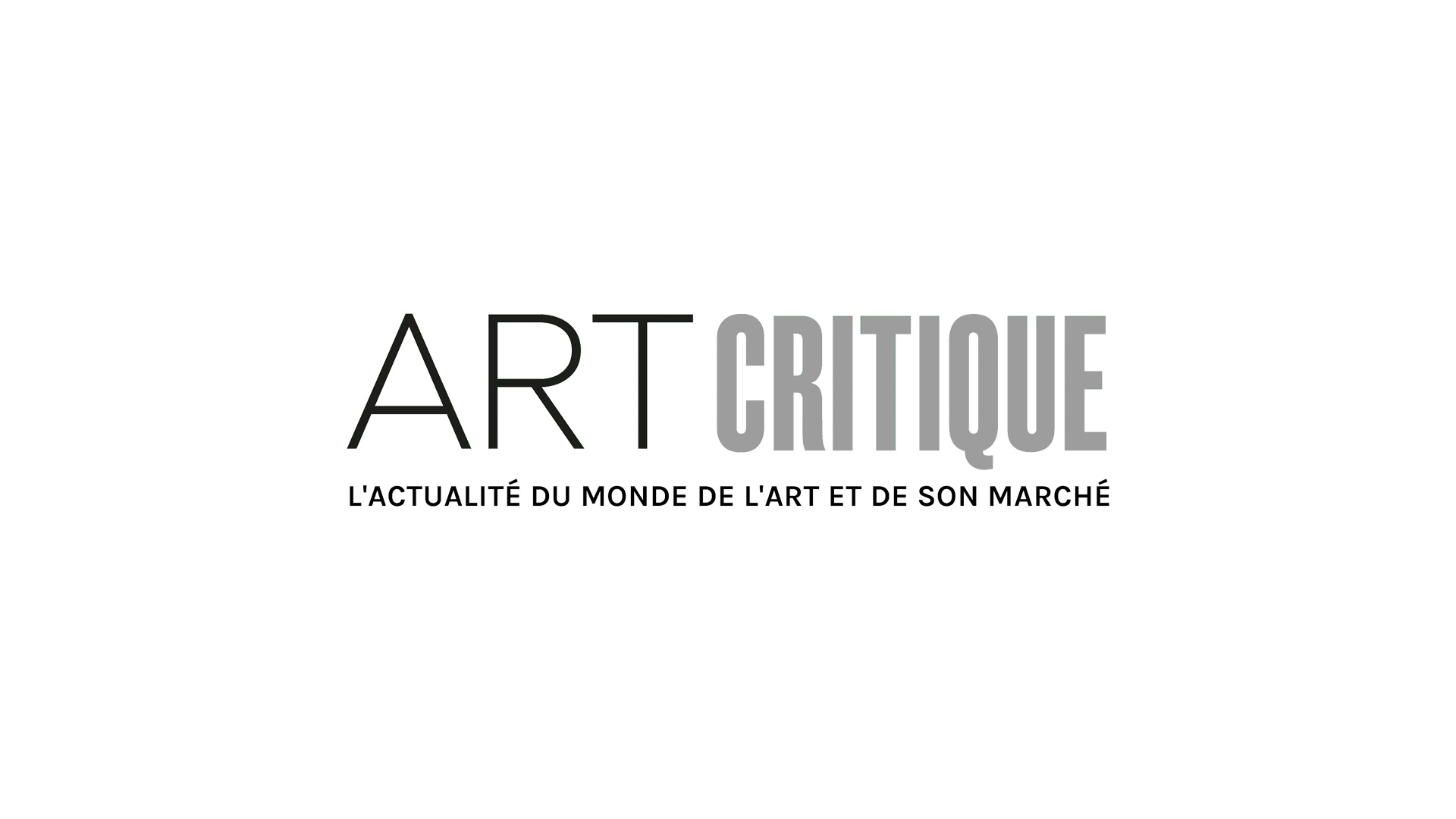Often times, when a museum receives a sizable donation, it’s a fairly established, publicized event. Sometimes, the process begins years before the gift ever happens and it’s a foregone conclusion where the works will call home in the future. However, this isn’t the case for 170 artworks that were donated to the Mead Art Museum at Amherst College in Massachusetts.
No, the donation announced by the museum through the Boston Globe on August 8th has been gifted to the university’s museum from an anonymous source for the betterment of the collection. Primarily consisting of works of contemporary art, the donation makes the Mead Art Museum the owner of works by a number of significant artists including David Hockney, Mona Hatoum, Cindy Sherman, Mark Bradford, and Christian Marclay. The works in the collection aren’t what you might call ‘cookie-cutter,’ either, to use the words of David E. Little, director and chief curator of the Mead. The works range from those like a portrait of Johnathan Lee Iverson, the first African American ringmaster for a major US circus show, by Andres Serrano, to Rubber Mat (1996) created from silicone shaped into intestines by Hatoum, to Matthew Day Jackson’s Sacajawea (American Martyr Series) (2005).
Some of the new works will be exhibited by the museum in an upcoming exhibition titled ‘Starting Something New: Recent Contemporary Art Acquisitions and Gifts,’ which will open September 10th and run through May 31st. The exhibition will sample a selection of more than 60 works, like an etching by Hockney that Little called ‘sweet’ and ‘magical’ and a diptych by Sherman. The exhibition will not only include works from this donation but also other works the museum has recently acquired. Every work in ‘Starting Something New’ dates from the late 1960s through today.
Little is optimistic that the gift will offer a more diverse range of works to reach their student population as the university’s student body is nearly half students of colour. According to The Boston Globe Little hopes that ‘when students come in, they can see their own lives and their own cultures reflected in the work. It’s nice for students to come in and see work that speaks directly to their generation.’ Little foresees the works being beneficial to research that the students undertake and it might help attract other contemporary artists and aspiring artists to Amherst.
Moreover, the new artworks significantly bolster’s the college’s art museum in a way that might otherwise have been impossible mainly due to finances. ‘It’s not just the universities and colleges that can’t afford contemporary work, it’s also the major museums,’ said Little. ‘They have been priced out — even places like MoMA and the Whitney. So, to be able to get that scope of work has a tremendous impact on us, and the quality as well.’





